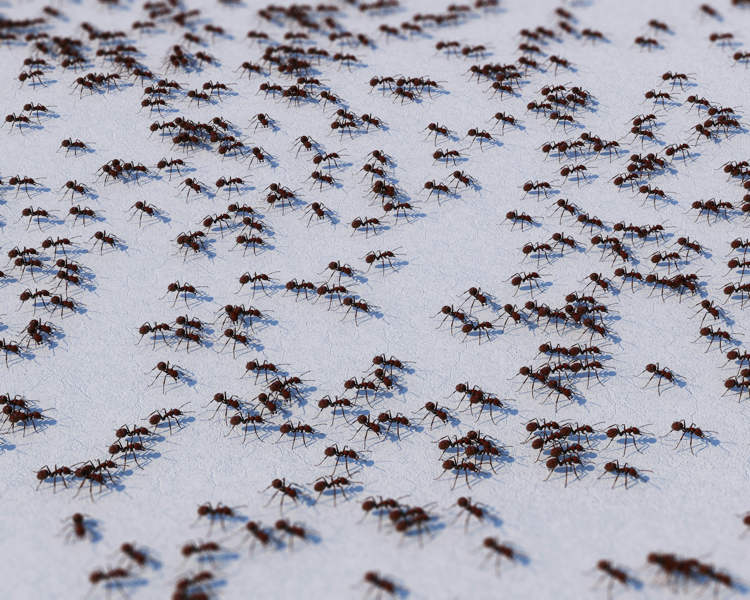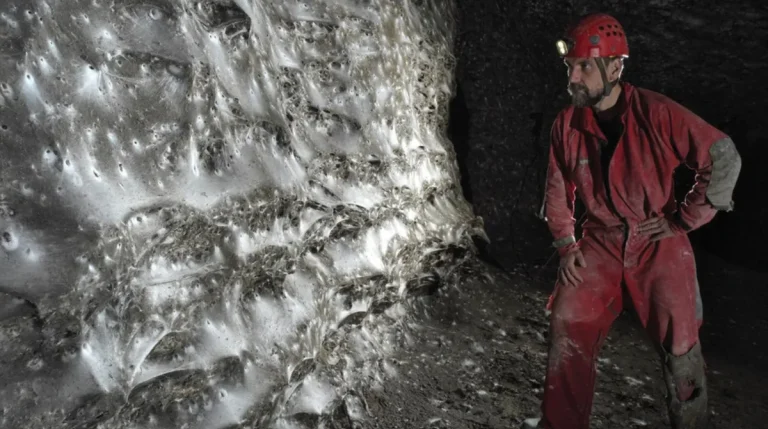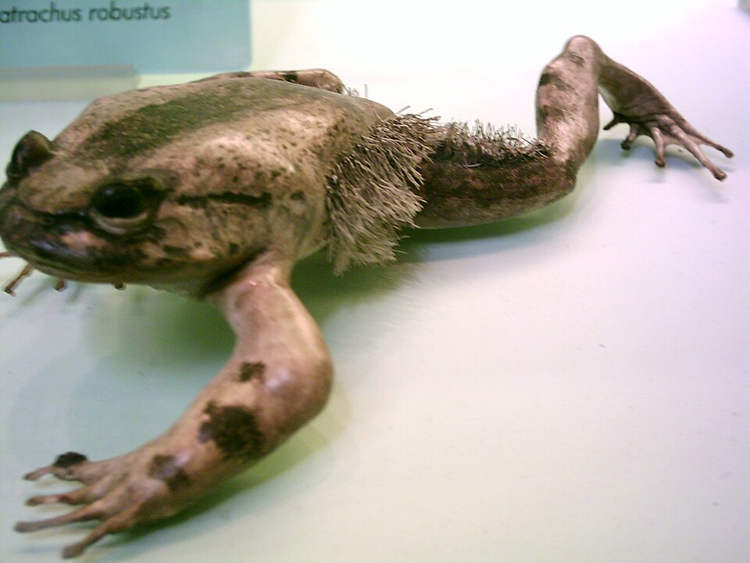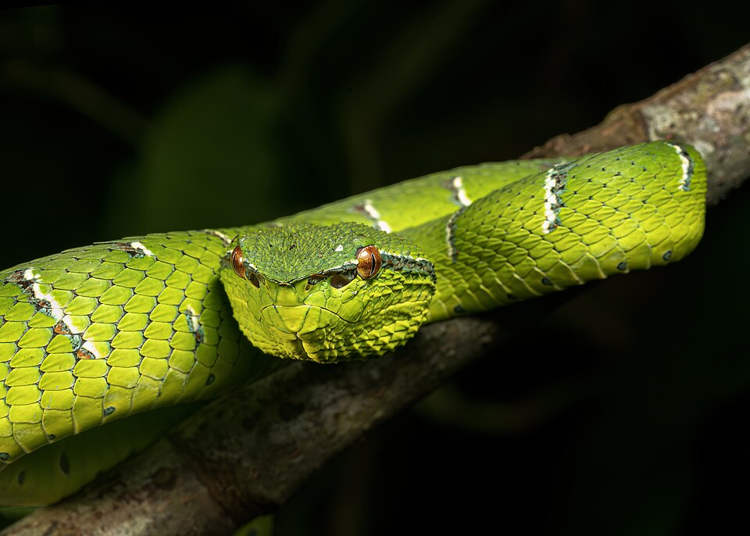European countries like Germany, France, and Switzerland are trying to contain an invasion of Tapinoma magnum ants, a species that experts say is “virtually impossible to get rid of”.
Usually found throughout the Mediterranean basin, the Middle East, and North Africa, Tapinoma magnum ants have recently begun an invasion of Europe. Over the last couple of years, the tiny critters – no more than 3 mm in size – have been rampaging through some of the world’s most developed countries, teaching their residents the meaning of fear. Tapinoma ants are famous for their ability to rapidly expand over large areas, as well as for their resilience. Experts say that the tiny ants have hundreds of queens and can create several smaller colonies that, instead of attacking each other, unite to create one super colony with millions of individuals. They are relentless in their search for resources, eating through walls, pavement, and even internet or electricity cables.

Photo: Resource Database/Unsplash
“We are fighting them, and nothing works,” a resident of Orvault, a town in northwestern France, said. “This is a new phenomenon, and no one knows how to deal with it.”
Until a few years ago, Tapinoma mangum ants were only found in the southern island of Corsica, but today the species has spread through most of France, damaging infrastructure, invading people’s homes, biting them, and threatening the country’s strong agricultural sector. Local authorities seem powerless against the invasive species and some of the most desperate people have even sold their properties and relocated to other areas.
No one can say exactly how the tiny ants found their way from North Africa into Germany, but evidence suggests they entered the country from Switzerland. Originally spotted in the border town of Lörrach, the invasion quickly spread to the towns of Kehl, Heidelberg, and Karlsruhe, and has now reached the city of Stuttgart.
In Kehl, the ant problem is particularly dire. Residents constantly complain about the creepy crawlies taking over their homes, biting their children and their pets, but local authorities seem unable to contain the problem. They have tried various methods of destroying the nests, from injecting them with a hot foam to burning them, but the ants just come back stronger.
Tapinoma mangum ants have already caused several electricity powerouts and paralyzed internet networks in the Kehl region after biting through cables, and cracks are forming in the streets of several districts as a result of their relentless activity.
“It’s certainly a psychological burden for the people here,” Gregor Koschate, the environment officer in Kehl told DW. “It affects their homes and property. And they feel kind of helpless because there’s nothing they can do about it. The ants dominate my day-to-day work at the moment. They’ve pretty much taken over. I even dream about ants – it’s almost impossible not to.”
Ants have been around for millions of years and they can be found on every continent except Antarctica, but Europe has never seen anything quite like Tacoma ants before. Their capacity to reproduce at an extremely rapid pace and their voracious appetite for pretty much anything they can bite through leave even experts scratching their heads about how to contain them.
Entomologists claim that global warming is to blame for the invasion of Tapinoma mangum, a species of ants that prefer hot, arid climates. However, their preference doesn’t make survival in harsher climates impossible. According to Ant Invasion, the resilient ants managed to endure 14 consecutive days with an average temperature of -6.6°C (-9.88°F) and a lowest of -15°C (5°F) with relative ease. This makes eradicating them an even bigger problem, although experts agree that they are at their weakest in winter.
“It’s virtually impossible to get rid of them,” Olivier Blight, a myrmecologist (ant expert) and research professor at the Institut Méditerranéen de Biodiversité et d’ Ecologie, said.












